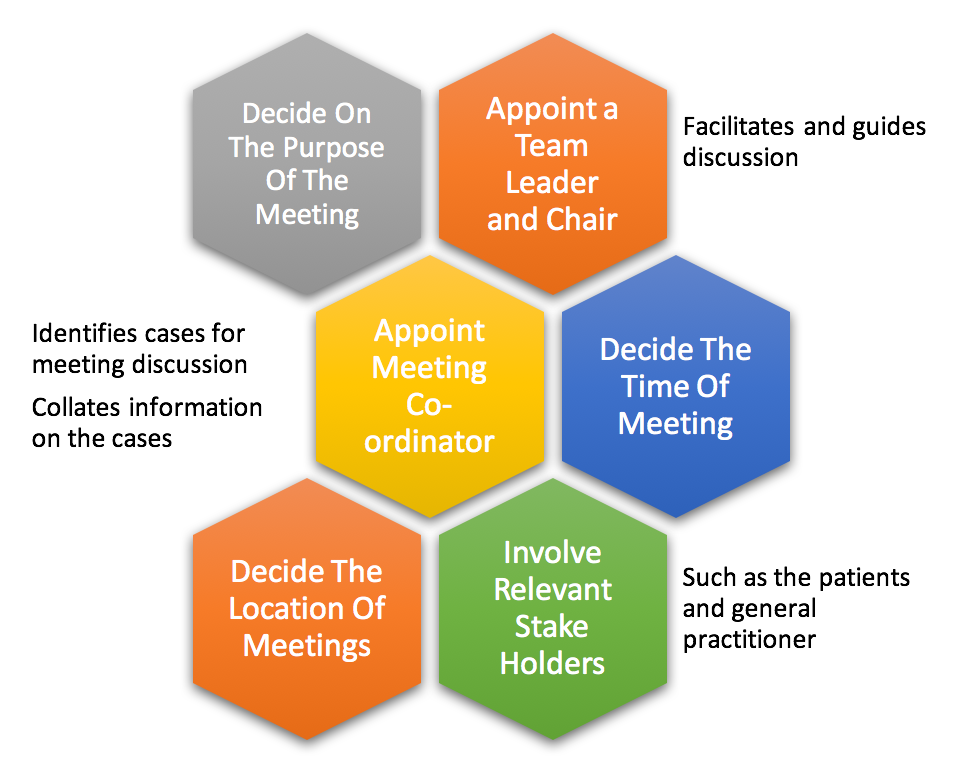Questionnaire Screen, Clinical Assessments, Multidisciplinary Review Meetings & N=1 Trials
Content of the Multidimensional Assessment Approach
The comorbidities and risk factors that are most prominent in people with severe asthma as well as potential treatment options are summarized in the 2017 Lancet Commission Report into severe asthma (Pavord et al. 2018), in Tables 4, 5 and 6. The Lancet Commission Report is available here.
An example of a structured pathway for implementing multidimensional approach has been evaluated by researchers at the Alfred Hospital in Melbourne (Tay et al. 2017).
Implementing the Multidimensional Assessment Approach
Specialist Care Case Conference
Medicare Benefits Schedule items 820, 823, 825, 826, 828 may apply to a community case conference organised by a consultant physician to co-ordinate the care of a patient with severe asthma (who’s illness has been present for at least six months). The case conference should involve a minimum of four care provided from different disciplines. Medicare Benefits Schedule items 830, 832, 834, 835, 837, 838 can be applied to an inpatient admission, but can only be applied once per hospital admission.
For more information Medicare benefits schedule for case conferencing please click here.
Telehealth
Medicare benefits are available for video consultations between specialists and patients who are located in telehealth eligible areas. More information on Telehealth and how to claim Telehealth Medicare Benefits Schedule can be found here.
For more information on individual item numbers click here.
Activity Based Funding
Activity based funding is the funding source that is provided to the hospital, based on the number and complexity of the patients that they treat.
Information about activity based funding can be obtained via your local health care service, or the Independent Hospital Pricing Authority https://www.ihpa.gov.au/
Chronic Disease Management Plan
Patients who have both a general practitioner management plan (item 721) and team care arrangements (item 723) are eligible to claim up to five individual allied health services on the Medicare Benefits scheme (MBS items 10950-10970) per calendar year. Indigenous Australians are eligible for up to 10 services per calendar year.
For more information, please see, (http://www.health.gov.au/internet/main/publishing.nsf/content/F0ABED13C55F6715CA257BF0001EDB18/$File/Fact%20Sheet%20-%20CDM%20-%20Provider%20Info.pdf).
Additional resources for the management of chronic disease from the GP perspective can be found at http://www.racgp.org.au/your-practice/ehealth/additional-resources/ehealth-webinars/chronic/.
Last Updated on


